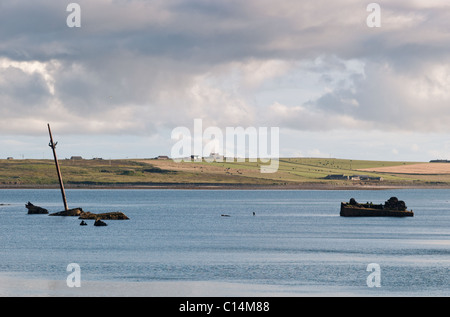
(2007b) The GLIMS geospatial glacier database: A new tool for studying glacier change. Raup, B., Racoviteanu, A., Khalsa, S., Helm, C., Armstrong, R., and Arnaud, Y. (2007a) Remote sensing and GIS technology in the Global Land Ice Measurements from Space (GLIMS) project. Raup, B., Kääb, A., Kargel, J.S., Bishop, M.P., Hamilton, G., Lee, E., Paul, F., Rau, F., Soltesz, D., Khalsa, S.J.S. (2004) Comparative image analysis to ensure data quality in the global land ice measurements from space (GLIMS) glacier database.

Raup, B., Khalsa, S., Armstrong, R., Cawkwell, F., Georges, C., Hamilton, G., Sneed, W., Jr., and Wheate, R. National Snow and Ice Data Center, Boulder, CO. (2009) Challenges and recommendations in mapping of glacier parameters from space: Results of the 2008 Global Land and Ice Measurements from Space (GLIMS) workshop, Boulder, Colorado, USA. Racoviteanu, A.E., Paul, F., Raup, B., Khalsa, S.J.S., and Armstrong, R. (2012) On the accuracy of glacier outlines derived from remote sensing data. Paul, F., Barrand, N., Berthier, E., Bolch, T., Casey, K., Frey, H., Joshi, S., Konovalov, V., Bris, R.L., Moelg, N. (2009) Recommendations for the compilation of glacier inventory data from digital sources. Paul, F., Barry, R., Cogley, J., Frey, H., Haeberli, W., Ohmura, A., Ommanney, C., Raup, B., Rivera, A., and Zemp, M. (2005) Perspectives on the production of a glacier inventory from multispectral satellite data in the Canadian Arctic: Cumberland Peninsula, Baffin Island. Remote Sensing of Environment, 89, 510–518. (2004) Combining satellite multispectral image data and a digital elevation model for mapping debris-covered glaciers. (2002) The new remote-sensing-derived Swiss glacier inventory, I: Methods. Paul, F., Kääb, A., Maisch, M., Kellenberger, T., Haeberli, W. (2007) The New Swiss Glacier Inventory 2000: Application of Remote Sensing and GIS (Schriftenreihe Physische Geographie, Glaziologie und Geomorphodynamik No. (1995) Development of methods for mapping global snow cover using moderate resolution imaging spectroradiometer data. Hall, D.K., Riggs, G., and Salomonson, V. (2001) Terrain analysis and data modeling for alpine glacier mapping. Annals of Mathematics and Artificial Intelligence, 13, 251–265.īishop, M.P., Bonk, R., Kamp, U., and Shroder, J. (1995) Approximate matching of polygonal shapes.

(2002) Evaluation of remote sensing techniques for ice-area classification applied to the tropical Quelccaya Ice Cap, Peru. NASA Jet Propulsion Laboratory, Pasadena, CA.Īlbert, T.H. This process is experimental and the keywords may be updated as the learning algorithm improves.Ībrams, M., Hook, S., Ramachandran, B. These keywords were added by machine and not by the authors.

More recent similar studies are referenced. This chapter presents the GLACE experiments and the quality control steps incorporated in the data ingest process. The GLACE experiments and ingest time quality control steps have led to improved quality and consistency of GLIMS data. These steps ensure that ingested data are well georeferenced and internally consistent. The ingest process includes quality control steps that must be passed before data are accepted into the database. Variability in the accumulation area and over parts of the glacier that are debris covered tends to be higher. These comparisons have improved RC ability to produce consistent data, and in addition show that in the lower reaches of a glacier, precision of glacier outlines is typically 3 to 4 pixels. The results were compiled, compared, and analyzed to quantify inter-RC analysis consistency. To quantify the repeatability and precision of data provided by different RCs, we designed a method of comparative image analysis whereby analysts at the RCs and NSIDC could derive glacier outlines from the same set of images, chosen to contain a variety of glacier types. The process of classifying multispectral satellite data to extract vector outlines of glaciers has been automated to some degree, but there remain stages requiring human interpretation. A concern for users of the database is data quality. National Snow and Ice Data Center (NSIDC) and ingested into the GLIMS Glacier Database. The GLIMS initiative includes glaciologists at 82 institutions, organized into 27 Regional Centers (RCs), who analyze satellite imagery to map glaciers in their regions of expertise. Global Land Ice Measurements from Space (GLIMS) is an international initiative to map the world’s glaciers and to build a geospatial database of glacier vector outlines that is usable via the World Wide Web.


 0 kommentar(er)
0 kommentar(er)
